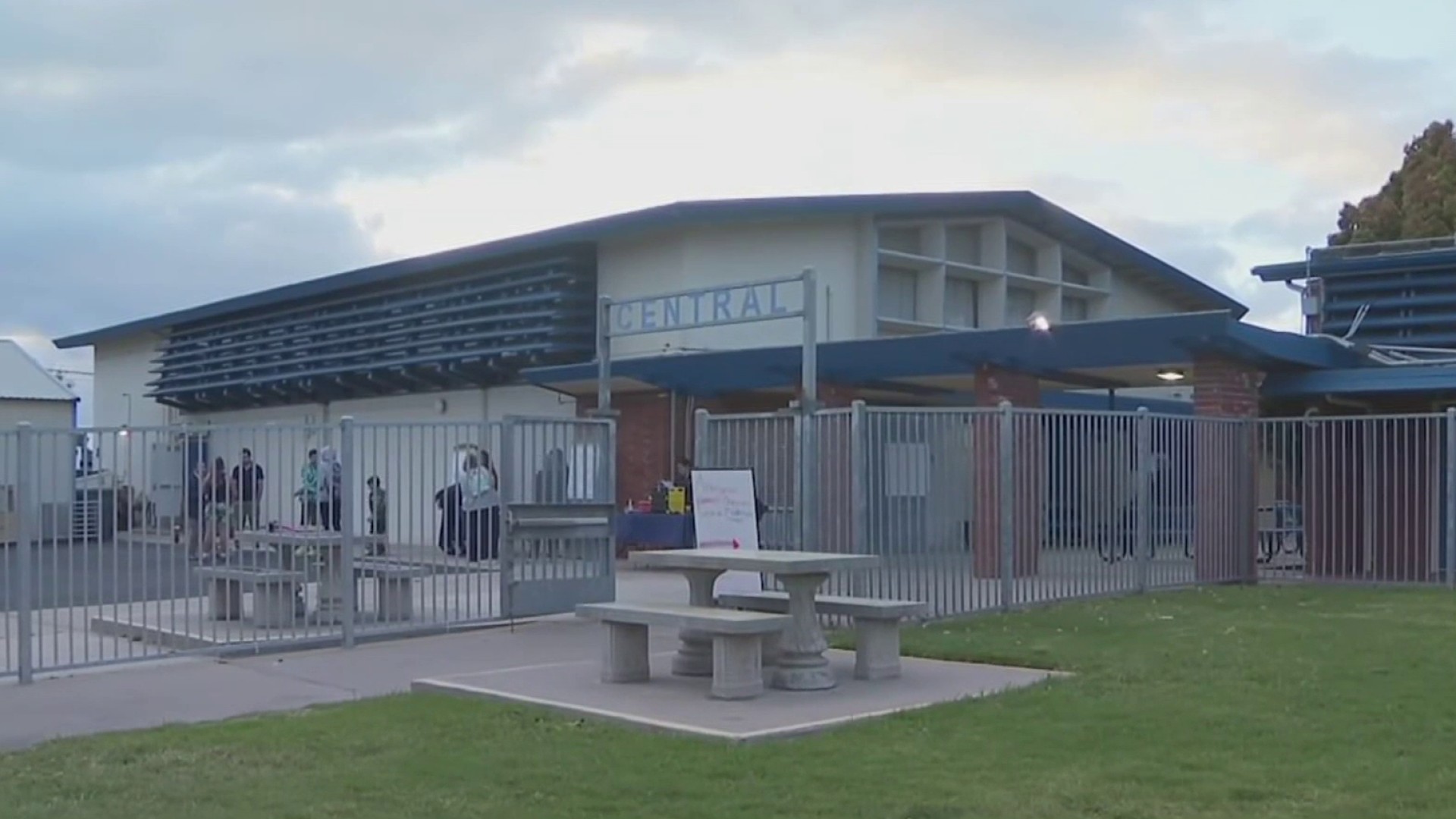The dangers of smoking and secondhand smoke have long been studied, but now the nation’s first public resource center on thirdhand smoke has opened up right here in San Diego.
Researchers with San Diego State University and the University of Southern California opened the Thirdhand Smoke Resource Center on the former’s campus Wednesday.
“There’s a big illusion that when tobacco smoke disappears, we’re safe,” said SDSU psychology professor and director of the resource center, Georg Matt. “Unfortunately, some of the most toxic compounds clinch to surfaces. They get embedded in carpets, they coat walls, they penetrate into walls. They become part of the indoor environment.”
Thirdhand smoke is described as any contamination that continues after smoking has stopped, according to the Thirdhand Smoke Resource Center. This can include items like carpet, furniture, or clothes that absorbed chemicals when someone was smoking that can later be released back into the air.
According to the center’s website, cigarettes, e-cigarettes, hookah, and smokeless tobacco products have all been shown to leave behind a residue.
As for residue from smoking marijuana, the Thirdhand Smoke Resource Center said cannabis products have not yet been studied as thoroughly as their tobacco-based counterparts.
The center said some thirdhand smoke can last months and even years after the last cigarette was lit, depending on how often a person smoked and created a build-up of chemicals.
Local
In a study by SDSU and USC, 220 apartments in San Diego County were inspected and all had thirdhand smoke, according to the resource center, even though “very few” of the apartments had current smokers as tenants.
Matt said the center’s goal is to make the public more aware of thirdhand smoke and its potential health hazards.
The center will offer educational materials, workshops, and additional resources on these “hidden substances.” To learn more about thirdhand smoke, visit the resource center’s website.
The Thirdhand Smoke Resource Center is funded by revenues from a cigarette tax increase approved by California voters in 2016.



